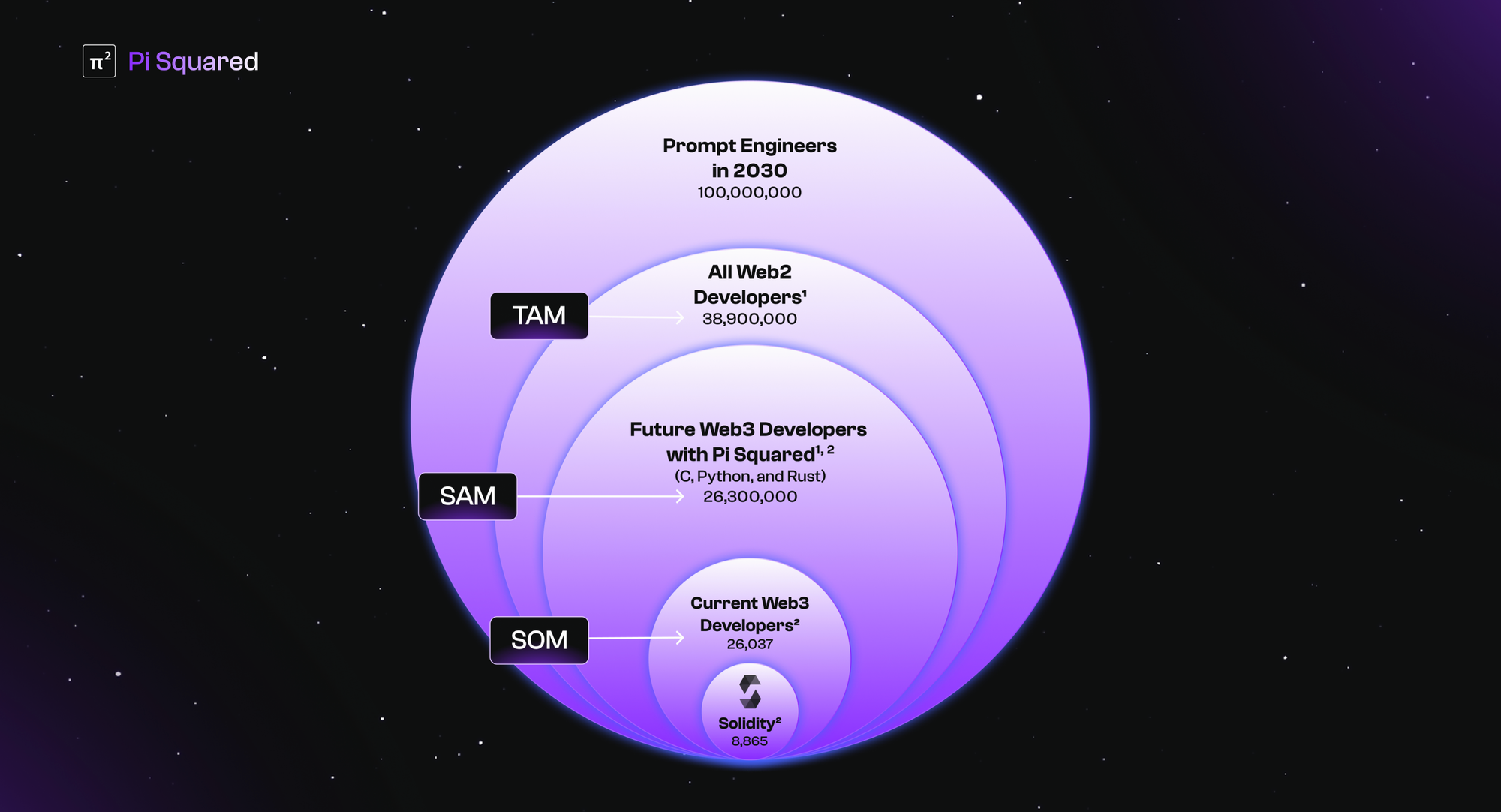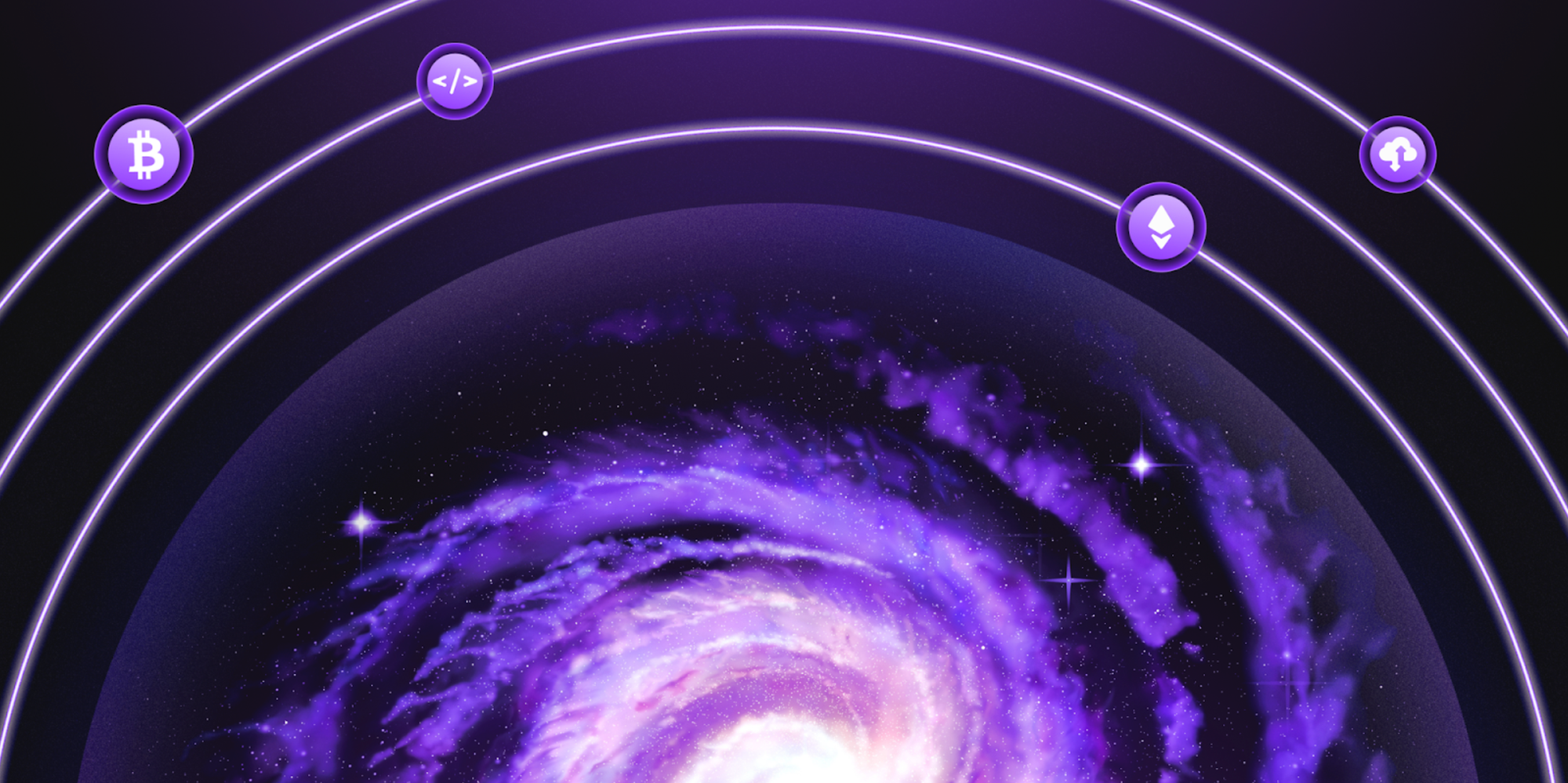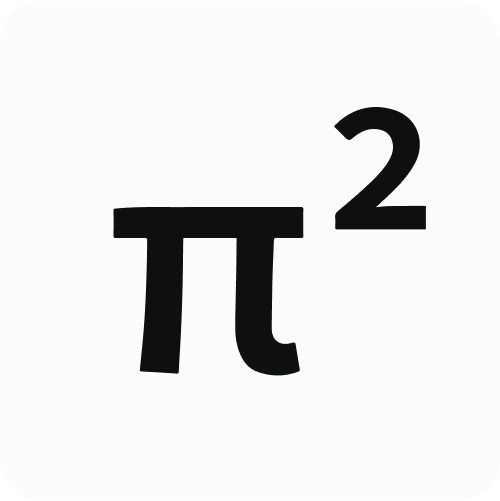Pi Squared’s Integration with EigenLayer
Pi Squared and EigenLayer are revolutionizing multi-language execution and settlement for dApps.

Revolutionizing Multi-Language Execution and Settlement for dApps
The Pi Squared Modular Stack
Pi Squared’s Modular Stack consists of our Universal Language Machine (ULM), and our Universal Settlement Layer, (USL). ULM enables fast and efficient execution of programs written in any programming language, including bring your own language (BYOL). USL enables trustless certification and settlement of program execution carried out by the ULM.
Together, ULM and USL bring multi-language execution and settlement to Web3. Together, they revolutionize the development and deployment of dApps, making any app a dApp. And together, they bring millions of developers and trillions of TVL to crypto, making any developer, a Web3 developer.
Pi Squared ULM
ULM is a universal language machine. As its name suggests, it is a machine that knows how to execute programs written in any programming language. It is universal. How is that even possible? Well, we give credit to the 50+ years of research and study in the area of formal semantics.

A formal semantics of a programming language is a finite, complete, and rigorous mathematical definition of the behaviors of all programs written in that language. So in theory, if we have a formal semantics of a programming language, we have all the information that we need to execute programs written in that language. No compilers, interpreters, or other ad hoc (and usually buggy) language implementations required. Moreover, being a mathematical definition, a formal semantics reduces computation to mathematical proof, whose integrity can be checked with notoriously simple proof checkers.
ULM turns this theory into a reality. Allowing anyone to define and upload formal language semantics and enable semantics-based program execution. One developer can define and upload a semantics of C, for example, to the ULM and then every subsequent ULM developer can execute their programs written in C. Someone else can define and upload a semantics of Python to ULM and then every other ULM developer can execute their programs written in Python. Many mainstream programming languages already have formal semantic definitions that are readily available to be plugged into ULM.
ULM enables any developer to write smart contracts in any programming language, including BYOL. Developers can use the programming languages they’re most comfortable with. This flexibility lets developers leverage existing knowledge and codebases, making it easier to transition to or experiment with ULM. According to recent reports by SlashData and Electric Capital, there are 8,000+ Solidity developers and 26,000 Web3 developers. Soon, ULM can simply boost that number to 26,000,000, that is, 1000x bigger, by embracing C, Python, and Rust developers and enabling them to develop and deploy smart contracts. In the long term, ULM opens a door for all Web2 developers to the Web3 and crypto world.

Data Sources:
1. SlashData, State of the Developer Nation, 25th Edition, Q3 2023
2. Electric Capital, Developer Report, July 2024
Multi-language support is highly desired in Web3. Imagine you’re a game developer and want to publish your game to the blockchain to take advantage of player-driven economics. Your game is written in Unity, Unreal, or JavaScript. To migrate your game to Web3, your entire development team would need to learn a new “blockchain native” language such as Solidity to write smart contracts for your game. With ULM, you can use your favorite and most familiar languages to write the entire game and the smart contracts in one codebase, again, using your existing development team. This is the fastest and easiest way for you to build, manage, deploy, and maintain your on-chain Web3 game.
Our vision is to make every developer a Web3 developer. ULM brings developers that need not know anything about Web3 to Web3. People can use their favorite and most familiar programming languages and technology stacks, as well as domain-specific languages or even totally new ones that were not even invented yet. This makes Web3 adoption and democratization immensely faster. Making every app a dApp.
Pi Squared USL
USL is a universal settlement layer. As its name suggests, it’s a settlement layer that works across all programming languages. It is universal, and its universality is made possible by formal semantics. Using formal semantics, we generate machine-checkable proof certificates for programs and smart contracts running on ULM. Using these machine-checkable certificates, we maintain a common verifiable database of truths. A correct transaction (AAVE, EigenLayer, and Uniswap), an honest vote (Polymarket, Aragon, and Tally), a valid bid (OpenSea, CoinList, and Rarible): they are all part of the truth base, submitted to, verified by, and settled on USL. Users and dApps can examine all the truths on USL or query USL whether a transaction, a vote, or a bid has been settled. USL changes the ways communities and dApps work together within and across ecosystems.

Unlike any other settlement mechanism, USL settles claims. Claims are a central component of USL. They are the minimal independent verifiable computation unit of a dApp, produced by ULM. A claim includes a piece of code with a pre-state and a post-state of the dApp before and after executing the code. Therefore, a claim can be validated and settled independently, without relying on the validation or settlement of other claims. Sequencing, consensus, and data availability: all of these essential and critical components of dApps happen outside USL. In other words, USL separates validation and settlement from everything else, significantly improving latency, performance, and interoperability. USL and its universal settlement services bring assets across Web2 and Web3 together.
USL is compatible with any proof mechanism or verifiable computing approaches. USL allows validating-by-reexecuting, which is the canonical computation validation approach in most of the state-of-the-art layer-1 blockchains. USL allows validating-by-proof-certificates, where proof certificates are generated by the ULM and checked on USL. Ultimately, USL allows validating-by-ZKPs and is not tied to any specific ZK engines or backends, thus enabling verifiable computing, open or secure, for the whole Web3 world through a versatile set of proofs.
Pi Squared Meets EigenLayer
Pi Squared is working together with EigenLayer to make the above vision a reality and bring it to the AVS community, integrating EigenDA as the data availability enabling layer within ULM and USL. By enabling developers to use any language with ULM, EigenLayer can attract a new range of innovators interested in building on Ethereum’s security layer without any programming language constraints, potentially leading to unique applications in areas like finance, governance, and identity.
“We are excited about the integration with Pi Squared. ULM introduces new programming primitives for application developers and AVSs. Today, AVSs can write slashing contracts on Pi Squared and settle responses back on Ethereum. This enables slashing conditions to be written in any language and allows for formal verification. We look forward to more experimentation within the Pi Squared ecosystem. This is the win-win we aim for at EigenLayer,” said Sreeram Kannan, Founder and CEO of Eigen Labs.
ULM could serve as a testbed for developers to experiment with cutting-edge decentralized solutions in their language of choice, leading to novel applications on EigenLayer and potentially advancing the entire Ethereum ecosystem.

